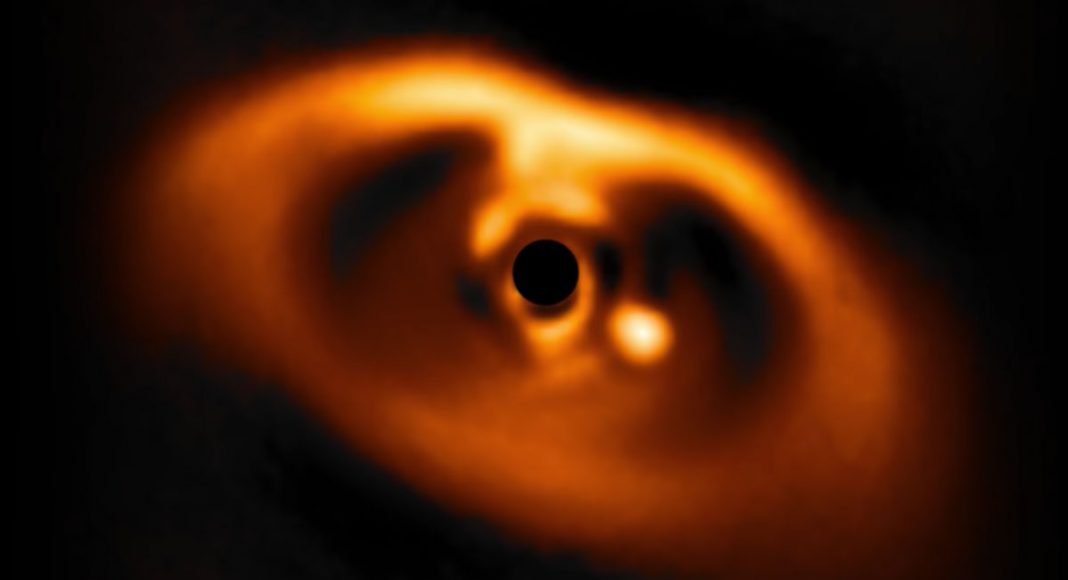For the first time ever, astronomers were able to capture the birth of a new planet. For all of us non-astronomer folk, planets are “born” when a disk of gas gets mixed up with clouds of dust, all elements colliding with each other and causing the materials to fuse together. It’s a delicate process where the collision must be gentle enough for the formation of the planet to take place.
Scientist from Chile captured this phenomenon at their European Southern Observatory. The birth of the planet was captured with their Very Large Telescope, located in the Atacama Desert in the northern area of the country. Very Large Telescope is the official name of the device.
The young planet is called PDS 70b, and it’s the bright ball located at the center of the video, surrounded by gas and dust. Researchers who captured the video and who’ve analyzed the new planet noticed that it has a cloudy atmosphere.
The research was led by Miriam Keppler, who talked about the discs surrounding young stars, and explained that they are the birthplaces of planets. “These discs around young stars are the birthplaces of planets, but so far only a handful of observations have detected hints of baby planets in them.”
-
Related Story: WATCH: New NASA Animation Is Literally Over The Moon
André Müller, another scientist from the study, said that this discovery is very important for astronomers and for the future of space studies. “Keppler’s results give us a new window onto the complex and poorly-understood early stages of planetary evolution. We needed to observe a planet in a young star’s disc to really understand the processes behind planet formation.”


